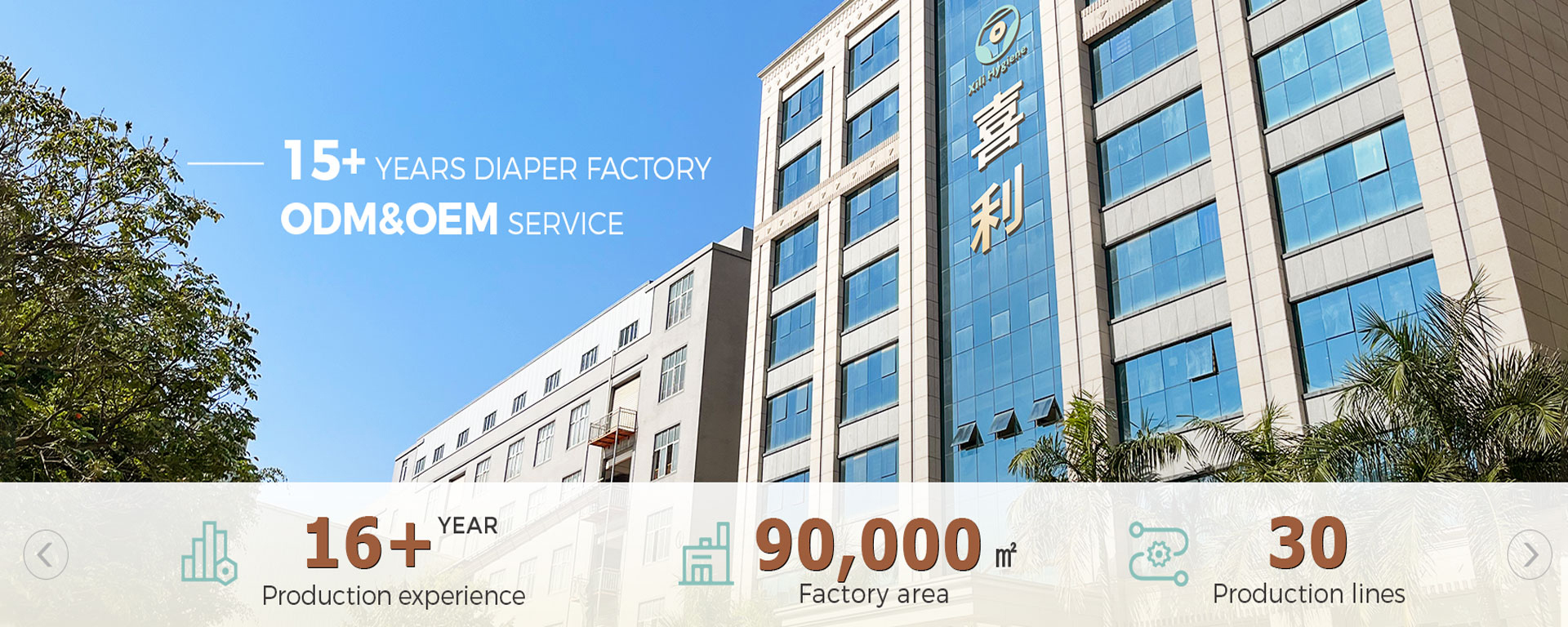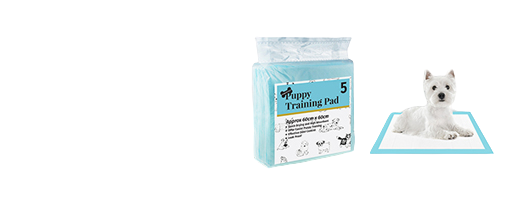
Diaper industry accelerates upgrading: segmented demand and technological innovation reshape the market landscape
2025-07-22 22:00
Baby Diaper Industry Undergoes Transformation: Eco-Friendliness, Technology, and Premiumization Emerge as Future Trends
In recent years, driven by adjustments in birth policies and consumption upgrades, China's baby diaper market has continued to grow, with industry competition becoming increasingly fierce. At the same time, consumers' demands for product quality, safety, and environmental sustainability have risen, pushing the diaper industry toward premiumization, smart technology, and sustainability.
Steady Market Growth with Rising Demand for Premium Products
According to market research data, China's baby diaper market exceeded 60 billion yuan in 2023 and is expected to maintain an annual growth rate of 5%-8% in the coming years. Although the newborn population has declined, consumer demand for high-quality diapers has significantly increased, with premium and ultra-premium products gaining market share year after year.
Millennial parents (born in the 1980s and 1990s) have become the main consumer group, prioritizing comfort, breathability, and safety. As a result, both domestic and international brands have launched high-end diapers featuring natural, organic, hypoallergenic, and skincare ingredients. Examples include Huggies' "Royal Nature," Pampers' "Premium Care Black Edition," and Babycare's "Air Pro" series—all marketed as ultra-thin, breathable, and skin-friendly, gaining strong consumer appeal.
Sustainability Trends Drive Adoption of Biodegradable Materials
With growing global environmental awareness, the diaper industry is actively exploring sustainable solutions. Traditional diapers contain plastic components that are difficult to degrade, posing significant environmental challenges. To address this, some brands have begun using biodegradable materials such as plant-based fibers and cornstarch-based films to reduce pollution.
For instance, Japan’s GOO.N has introduced partially biodegradable eco-friendly diapers, while domestic brands like Anerle and DaddyBaby are developing recyclable and compostable diaper products. Additionally, innovative companies are experimenting with cloth diapers and flushable diaper alternatives. Although market acceptance remains limited, the sustainability trend is irreversible and may become a new growth driver in the future.
Smart Diapers Gain Traction as Technology Empowers Parenting
With advancements in IoT and smart hardware, intelligent diapers are gradually entering the consumer market. These products typically feature moisture sensors that connect via Bluetooth to smartphone apps, alerting parents when it's time for a diaper change to prevent rashes or discomfort.
For example, P&G once launched a smart diaper called "Lumi," which monitors wetness and sends notifications. Domestic brands like Little Deer Dingding are also experimenting with similar technologies, using big data to analyze babies' excretion patterns and assist parents in scientific childcare. Although smart diapers remain relatively expensive and have limited adoption, their market potential is significant as technology matures and costs decrease.
Rise of Domestic Brands Intensifies Market Competition
In the past, China’s baby diaper market was dominated by international brands like Pampers, Huggies, and Merries. However, in recent years, domestic brands have rapidly gained market share through cost-effective pricing and localized marketing strategies. Brands such as Babycare, Kailidele, and YingYing have successfully captured market share through e-commerce and social media marketing.
Moreover, the rise of maternal and child vertical platforms (e.g., Mia, Babytree) and live-streaming e-commerce has provided new growth opportunities for domestic brands. Many leverage key opinion leaders (KOLs) and celebrity endorsements to enhance brand influence, further squeezing the market share of international players.
Future Outlook: Personalization and Health-Centric Features as Key Drivers
Moving forward, the baby diaper industry will evolve toward greater refinement and personalization. For instance, brands may develop customized products tailored to different seasons, age groups, or specific needs. AI-driven design optimizations could enhance comfort, while smart materials with skincare or antibacterial properties may emerge.
At the same time, as health consciousness grows, diapers free from fluorescent agents, formaldehyde, and allergens will become standard. Regulatory oversight will also tighten, pushing companies to improve product quality and safety standards.
Conclusion
The baby diaper industry is transitioning from quantity-driven to quality-driven growth, with sustainability, technology, and premiumization serving as core drivers. In this competitive landscape, brands must continuously innovate to meet consumers' increasingly diverse needs, ensuring long-term success in the market.
Get the latest price? We'll respond as soon as possible(within 12 hours)















